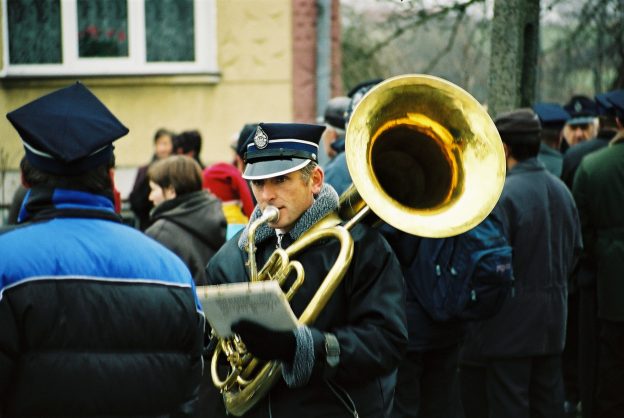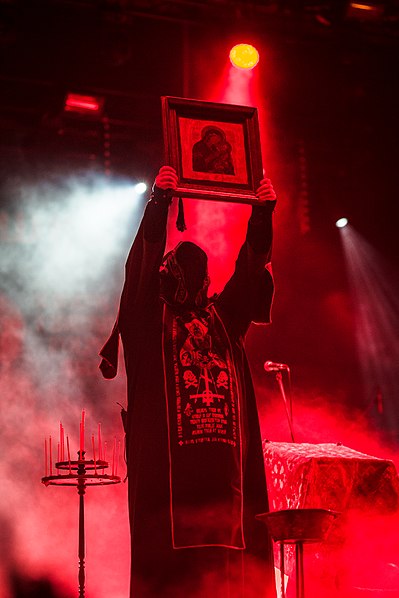Maciej Kierzkowski, PhD Candidate, Music
My initial interest in brass bands was sparked randomly while collecting materials to research the past of my family. I learned that my grandfather’s brother was buried without a priest, and that during his secular funeral a glassworks brass band from a nearby village performed the ceremonial functions. As well as throwing light upon my family’s history, this information made me realize the importance of the brass band in contemporary Polish culture. The main question that appeared in my mind was, how did the funeral of my ancestor look (and sound), and what particular role did the brass band play in it? The opportunity to address this question appeared soon (in 2003) while conducting research for my Masters’ thesis on the brass bands of the Mazovia region in central Poland.
This blog entry presents the original field recording of the funeral that was made in situ in Godzianów village in Mazovia region in Central Poland. It was performed by Orkiestra Dęta OSP Godzianów (the Godzianow Voluntary Fireman Brigade Brass Band), and the deceased was one of its former bandsmen. The following is translated from my original field-work notes as an outsider [click the player below to follow along with the recording – numbers in brackets refer to timings in the recording]:
[00’00] ‘Before starting the funeral ceremony, members of the band and other participants of the ritual gather in the yard in front of the house of the deceased. Musicians dressed in fireman uniforms come to the site in fire trucks. Another truck brings in other firemen that are not musicians. The instrumental configuration of the band includes: 1 clarinet in Bb, 3 alto saxophones in Eb, 2 tenor saxophones in Bb, 1 trumpet in Bb, 1 bass saxhorn in Eb, 1 baritone saxhorn in Bb,1 tenor saxhorn in Bb,1 bass drum.
[00’50] The first musical piece performed by the band is a funeral march that is played during the elevation of the coffin from the house of the deceased. At that time, alarm sirens and emergency lights of fire trucks are activated.



